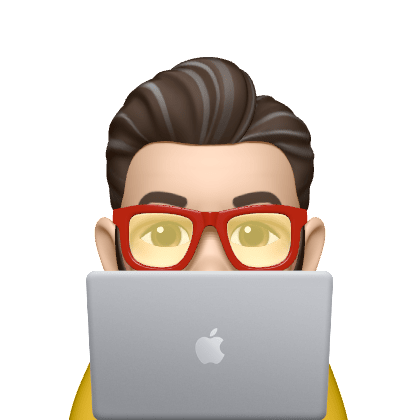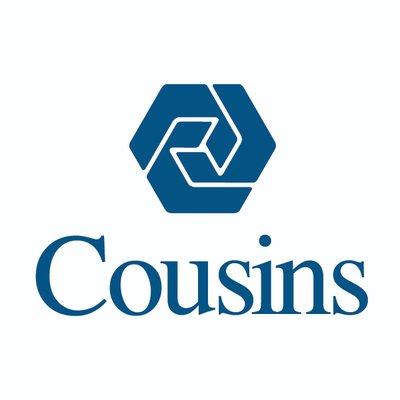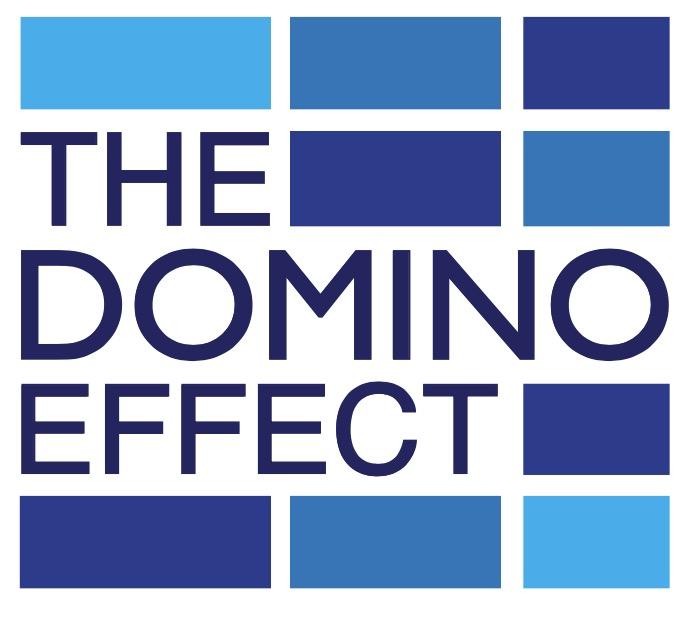Daniel Phelps
Art & Design
Visual Artist
Emerging Technologist
Educator
Daniel Phelps
I've worked in the arts, design, and education for over 20 years. Always focused on the affordances of emerging technology in the areas of Illusionary mediums, non-fiction narratives and experience design, my integrated media and documentary work has been demonstrated in art galleries, film festivals, the USPTO, supercomputer data visualization research and multimedia installation facilities around the country. This work captures the histories of time and place in multiple 2D and 3D mediums, blending emergent technological artifacts in autonomy, robotics, mixed realities, and other forms of digital fabrication for the applied sciences and modern multi-modal documentary arts.
What I Do
Interaction Design
Studying design and user experience over the past four years, my work has grown to focus on the experience "total art" can bring to an audience. How does the interactor navigate multiple mediums, and what vernacular must designers use to influence emotion and memory via technological means? What does Illusionary Art look like in the 21st century?
Education
Since my early days as an undergraduate, I have recognized the power to influence storytelling and the ability to expand a student's worldview through mentorship and example. My work is an extension of their goals in a changing media landscape. I pride myself on challenging myself to create effective pedagogical frameworks for every new generation of creators, regardless of their skill level.
Digital + Physical Media
Incorporating physical design and digital iteration requires understanding the limitations of digital prototyping and the affordances of modern materials and mediums. Introducing electronic processes into design is a specialty of mine, as I've been fortunate enough to find mentorship with talented artists, researchers, and technologists alike.
Large Project Management
A project's effectiveness is judged by the ability of those who champion the cause to bring the project to completion. The ability to bring people and funding together to create new experiences and further organizational goals is a highlight of my career.
Fun Facts
Students Mentored
over 160Years in Industry
22Sourdough Loaves
67A note from Daniel...
As an undergraduate at California State University Sacramento, I was fortunate enough to learn the art of television and film production from Dr. Paul Cahill, a grizzled producer and director of television shows of yesteryear. He had a knack for connecting with students while bullying them into giving their best performances behind the studio’s cyclorama. This may have been because he was a Vietnam War veteran who lived on his sailboat in Alameda or his trip off the tongue critiques of narrative, light, and sound. I, however, knew that his natural talent for direct and often intimidating communication skills was because he wore an eyepatch and would often boast about having an advantage over the rest of the crew due to his lack of depth perception, seeing the world as the audience did in 2D. Maybe he was right.
Experiencing the world in 2D. Flat and pragmatic. It’s not a skill that most of us have. Our world has depth in the literal and the figurative sense, yet the popular mediums of consumption in modern culture are indeed that—flat obelisks of data. The screen as a medium, when off, is 2D, dull, and cold, yet we, as storytellers, summon empathy, sympathy, bliss, and all other forms of human emotion from it. Its motion is an illusion, yet we see, hear, and feel the storyteller’s conveyance of sentiment. It’s in the affordances of this 2D medium that my work exists. Whether as an input method through programming, writing, and design or its use as an extension of the document of our existence. I see the screen as the ultimate medium whose form remediates all that have come before it by exploiting its illusion to indemnify texture and sensation. My experience with Dr. Cahill’s sensory deprivation has stayed with me all these years, influencing my perception of the screen while pushing me to explore the medium’s potential as a malleable form.
Academia in the form of a career can be a challenging one. Having spent most of my academic journey at a minority-serving institution in Jamaica, Queens, provides me with a unique perspective on the challenges of a predominately immigrant urban community. Having also lived in Queens, I experience this community in stark contrast to the one I grew up in during my formative years. My friends, colleagues, and mentors were a diverse group of artists and academics. They exposed me to life more attuned to the modern challenges of a first and second-generation population adapting to a western capitalist society. This experience changed me in ways I could not imagine and upended my approach to practice and teaching. Environmental influences leaned on my creative work. Students challenged me to see life from their perspective and the unseen challenges they face every day. Topics such as gentrification, economic instability, violence, urban hustle, pregnancy, faith, conformity, family, and success were not only revealed in their creative work; It changed my worldview and my commitment to telling these stories. Their experience exposed me to my privilege by allowing a glimpse into the lives affected by public policy and the institutional racism burdening the BIPOC community. Their stories will forever humble me as I am grateful for their ability to overcome immense personal hardship and thrive.
My work has a clear line of delineation concerning intent and focus. While pursuing my MFA at The City University of New York, I worked with talented integrated media artists in nonfiction. The faculty and those in my Cohort were champions in their respective communities of responsible urban planning, workers’ rights, displacement, gender equality, and racial justice. The style and approach to this type of media were foreign to me as a product of the television production world in Los Angles. “Making with Meaning” held little capital in the entertainment community unless it could be sold as a product. The idea of exposing narratives of the underserved was emerging in the form of online self-distribution. Narrowcasting was a pivotal component in changing my understanding of what grassroots media could be. It gave me the license and agency to tell a story in which revenue generation wasn’t the goal; changing public policy was. So, incorporating compassionate and empathetic storytelling into my work was the spark of creative freedom that led me to The Domino Effect (TDE). This feature-length Documentary would be my first foray into applying my voice to tell a story that deserved to be told. At its core, TDE is an interweaving tale of land use politics and its effects on the displacement of minority populations. I am proud that that film has influenced public policy by exposing this country’s financial system that manipulates affordable housing and development.
The Domino Effect became a springboard for my academic career. It allowed me to pursue grant funding and gain access to hyper-local stories in the five boroughs. By leveraging emerging technology and novel forms of storytelling, The Future American Retrospective (FARvr) gathered advocates and champions in the LGBTQ+ community to expose its oral histories, challenges, and victories. FARvr was recorded in stereoscopic 360 videos, allowing for an unedited point of view of the group interviews. By incorporating traditional interviews and archives held over 30 years, the project was a collaboration with the Wagner Archives, The Queens Library, and the New York City Council. Upon its multi-year completion, the material was fashioned into a multi-modal installation in queens and served as an interactive multi-channel experience at Queens Pride.
Since 2010 I have helped produce dozens of personal stories in the Queens community through mentored student work, used my technical knowledge to receive multi-year NASA MSI grant funding to mentor students in Swarm Robotics and Lunabotics research, filed a patent for low-cost VR systems, advocated for the creation of blue-collar and high wage jobs training for low-income communities, designed installations for The National Memorial of Peace and Justice by using novel storytelling techniques incorporating AR and textiles, showcased multi-modal installations covering homelessness and brutalist public housing policies in Italy, proposed stories of the devastating colonialism of indigenous Georgians, co-published ways to fight African malaria in the IEEE Global Humanitarian Technology Journal, contributed to books about unknown Italian public housing photographers, all while building a professional career in the academy.
Being a reflective practitioner has allowed me to return to my work over the past 20 years. It has helped contextualize my work, influence as a professor, and future artistic goals. Acknowledging the communities that shaped me as an Academic and a father gives me hope that I can give back what I can through compassionate practice and pedagogy that incorporates the causes of racial equality, LGBTQA+ rights, disenfranchisement, equity, workers’ rights, and the dignity that all deserve.
I hope the reflection above gives you a glimpse into my work and worldview. It’s one that I will always share with my students, no matter their background. Our experiences as storytellers should transcend our professional artifacts. Like many of you, I am a firm believer that the way to make our world a better one is to inspire and affect every generation that walks the hallowed halls of academia.






